It's possible in principle to implement a true 1-1 data structure in some DBMSs. It's very difficult to add data or modify data in such a structure using standard SQL however. Standard SQL only permits one table to be updated at a time and therefore as soon as you insert a row into one or other table the intended constraint is broken.
Here are two examples. First using Tutorial D. Note that the comma between the two INSERT statements ensures that the 1-1 constraint is never broken:
VAR CUSTOMER REAL RELATION {
id INTEGER} KEY{id};
VAR ADDRESS REAL RELATION {
id INTEGER} KEY{id};
CONSTRAINT one_to_one (CUSTOMER{id} = ADDRESS{id});
INSERT CUSTOMER RELATION {
TUPLE {id 1234}
},
INSERT ADDRESS RELATION {
TUPLE {id 1234}
};
Now the same thing in SQL.
CREATE TABLE CUSTOMER (
id INTEGER NOT NULL PRIMARY KEY);
CREATE TABLE ADDRESS (
id INTEGER NOT NULL PRIMARY KEY);
INSERT INTO CUSTOMER (id)
VALUES (1234);
INSERT INTO ADDRESS (id)
VALUES (1234);
ALTER TABLE CUSTOMER ADD CONSTRAINT one_to_one_1
FOREIGN KEY (id) REFERENCES ADDRESS (id);
ALTER TABLE ADDRESS ADD CONSTRAINT one_to_one_2
FOREIGN KEY (id) REFERENCES CUSTOMER (id);
The SQL version uses two foreign key constraints, which is the only kind of multi-table constraint supported by most SQL DBMSs. It requires two INSERT statements which means I could only insert a row before adding the constraints, not after.
A strict one-to-one constraint probably isn't very useful in practice but it's actually just a special case of something more important and interesting: join dependency. A join dependency is effectively an "at least one" constraint between tables rather than "exactly one". In the world outside databases it is common to encounter examples of business rules that ought to be implemented as join dependencies ("each customer must have AT LEAST ONE addresss", "each order must have AT LEAST ONE item in it"). In SQL DBMSs it's hard or impossible to implement join dependencies. The usual solution is simply to ignore such business rules thus weakening the data integrity value of the database.

